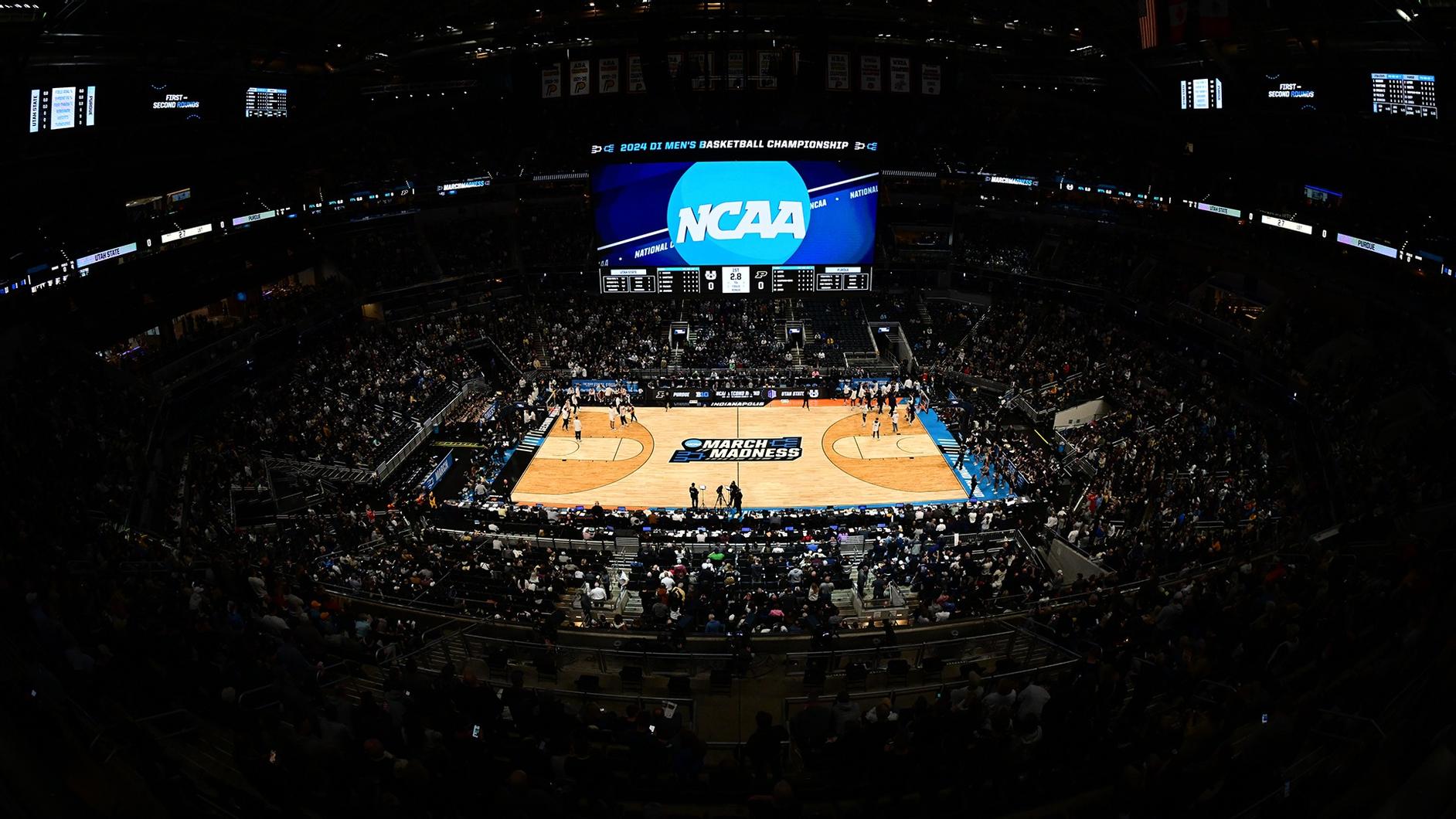SMPTE Publishes VC-6 Video Codec Standard as ST-2117
The codec leverages AI to offer contribution, production and workflow solutions for 4K and 8K

LONDON—The Society of Motion Picture and Television Engineers has published V-Nova’s VC-6 video codec as the SMPTE ST-2117 standard, the company announced today.
Ratification of VC-6 as a SMPTE standard came after a comprehensive peer review. VC-6 leverages artificial intelligence as part of how the video codec approaches compression. It does not rely on transforms, such as DCT or wavelet, the company said.
The codec leverages a hierarchical series of Self-Organizing Trees (S-Trees) and compresses video by reusing the same structures at different resolutions, which make VC-6 encoding fast when implemented in software, it said.
The AI-powered hierarchical approach means full-resolution, full-quality proxies are intrinsically available, as is region-of-interest decoding. This reduces the demands placed upon data transfer and decode processing, V-Nova said.
VC-6 is compatible with all major industry container formats, such as MXF and QuickTime, meaning it can be seamlessly incorporated into any workflow, it said.
The codec offers benefits in 4K and 8K production workflows. For instance, VC-6 makes it possible to capture 8K RAW and never have to cross convert to other resolutions because the codec can automatically provide proxies and enable editing at multiple resolutions from a single file, the company said.
Initial uses show reductions in 8K processing by requiring just 12.5% of the full resolution to be de-mosaiced, up to 60% reduction of disc access for 4K files and 2x to 4x faster decoding than ProRes-based solutions, V-Nova said.
Get the TV Tech Newsletter
The professional video industry's #1 source for news, trends and product and tech information. Sign up below.
VC-6 is available as part of V-Nova’s P.Link for contribution and remote production. The company is at work on a multiplatform software development kit (SDK) and cloud service deployment. Availability via an Early Access Program is expected later this year, the company said.
More information is available on the company’s website.
Phil Kurz is a contributing editor to TV Tech. He has written about TV and video technology for more than 30 years and served as editor of three leading industry magazines. He earned a Bachelor of Journalism and a Master’s Degree in Journalism from the University of Missouri-Columbia School of Journalism.

